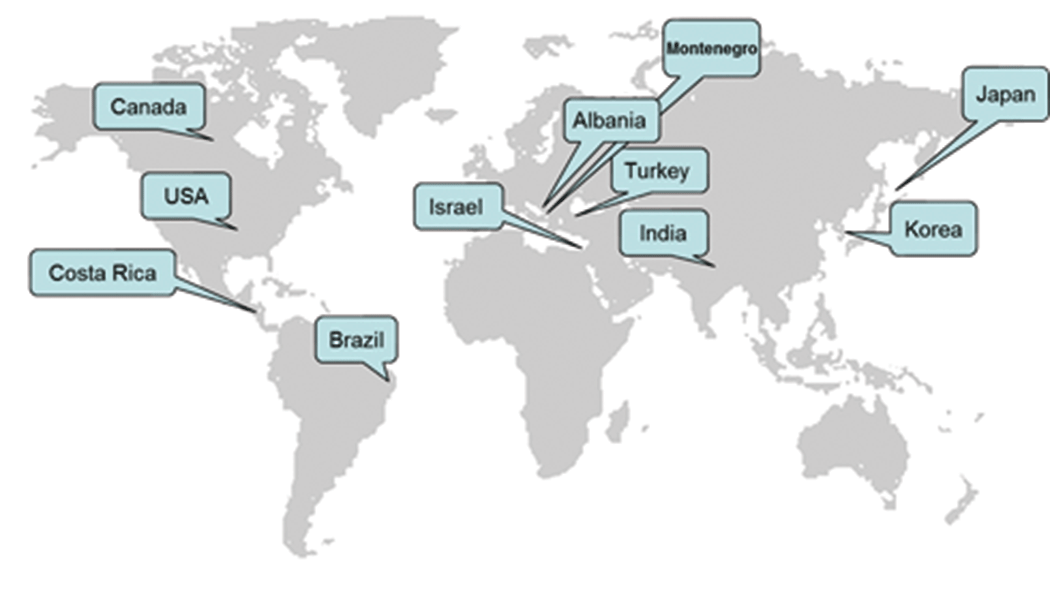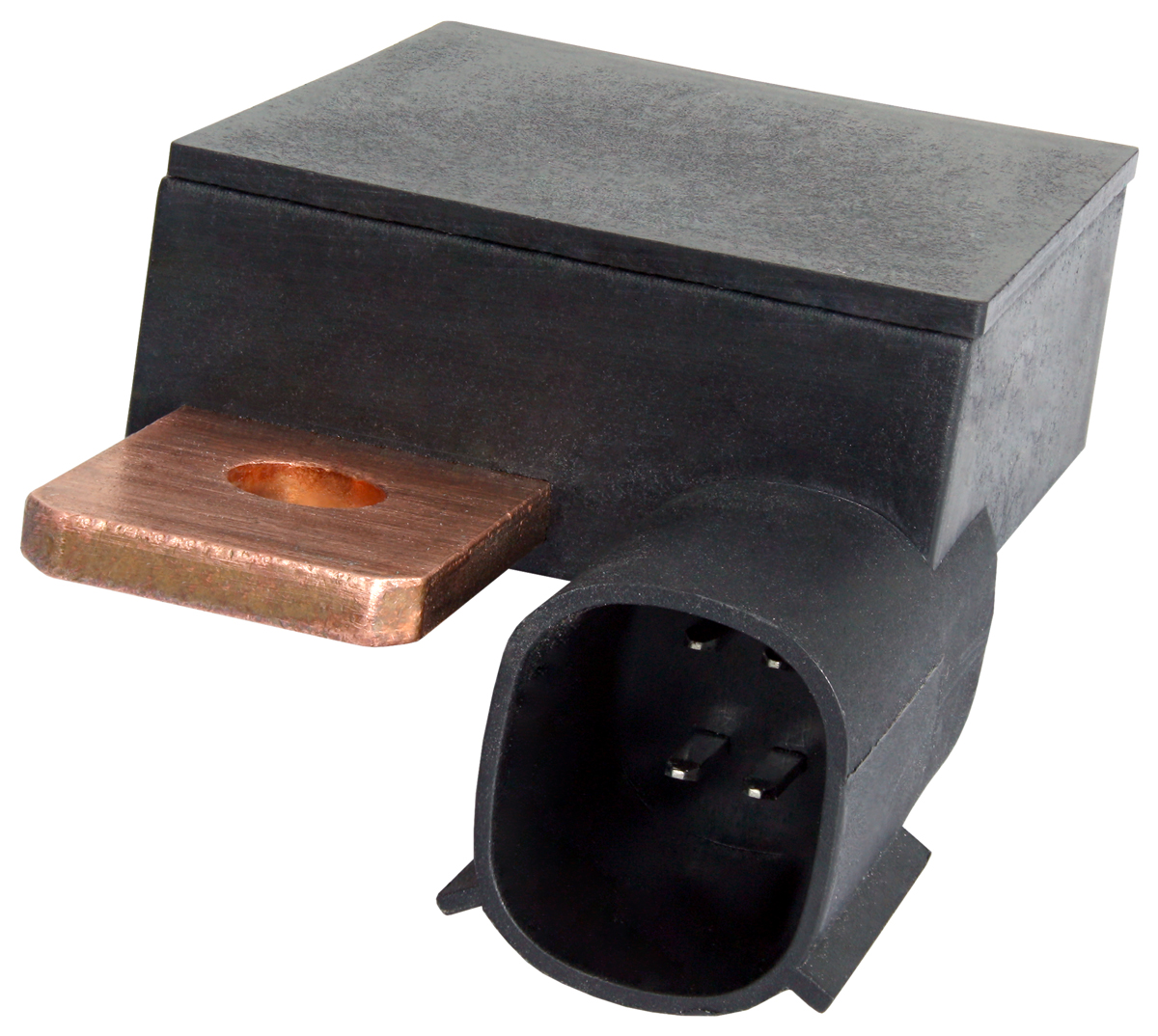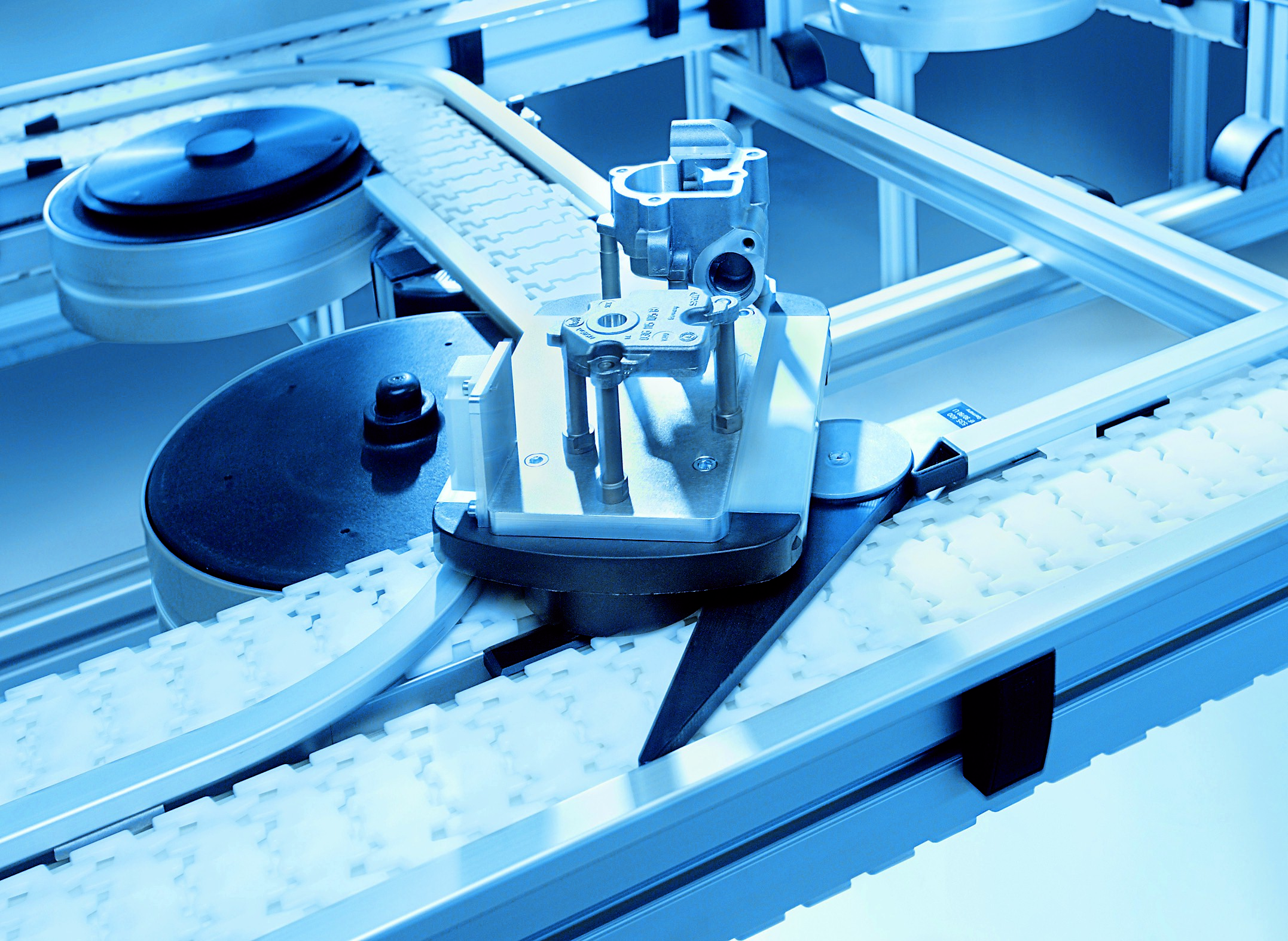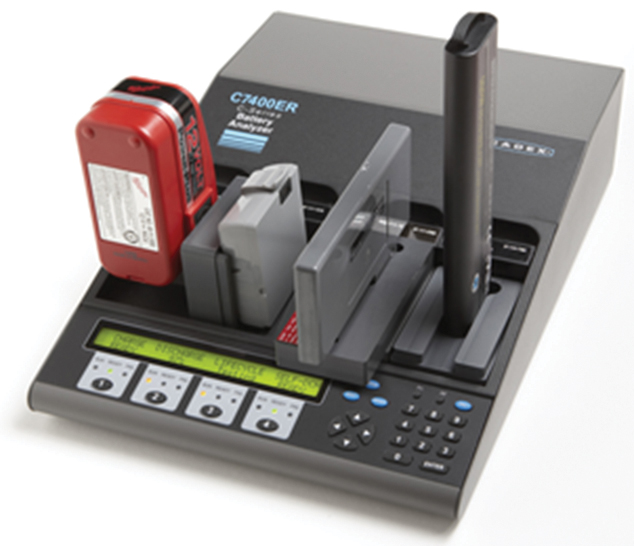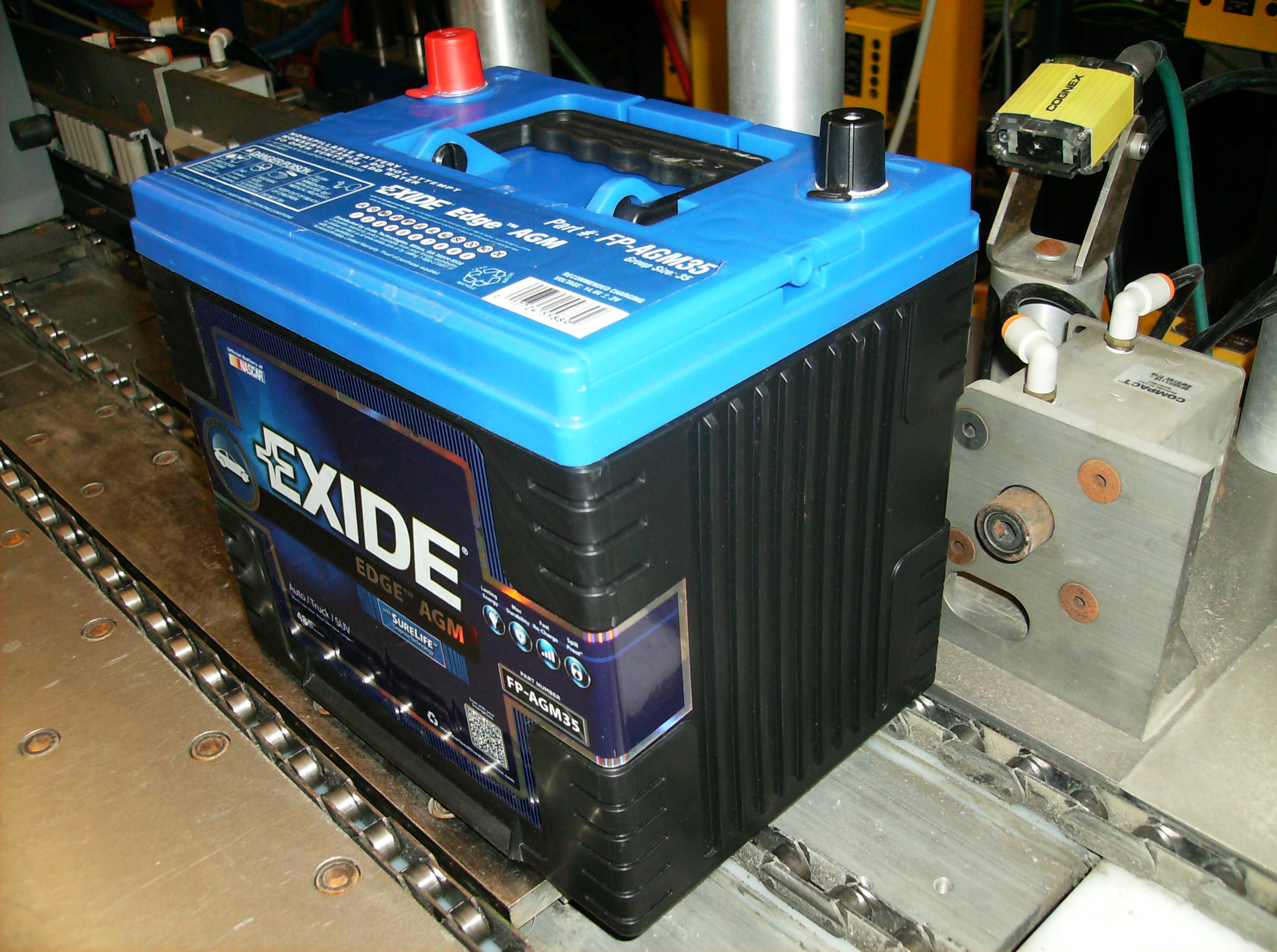Ofira Varga, Senior Consultant
1WEEE Services GmbH
Do you remember the good old days, when government and, in particular, municipalities assumed overall responsibility for waste management? Unfortunately, from a producer’s perspective they are gone in many regions and countries. In 2006, the EU published the Directive 2006/66/EU on batteries and accumulators and introduced take-back obligations for battery producers. Read more about Battery Take-Back Legislation: EU Speciality or Worldwide Principle of Waste Management? …





